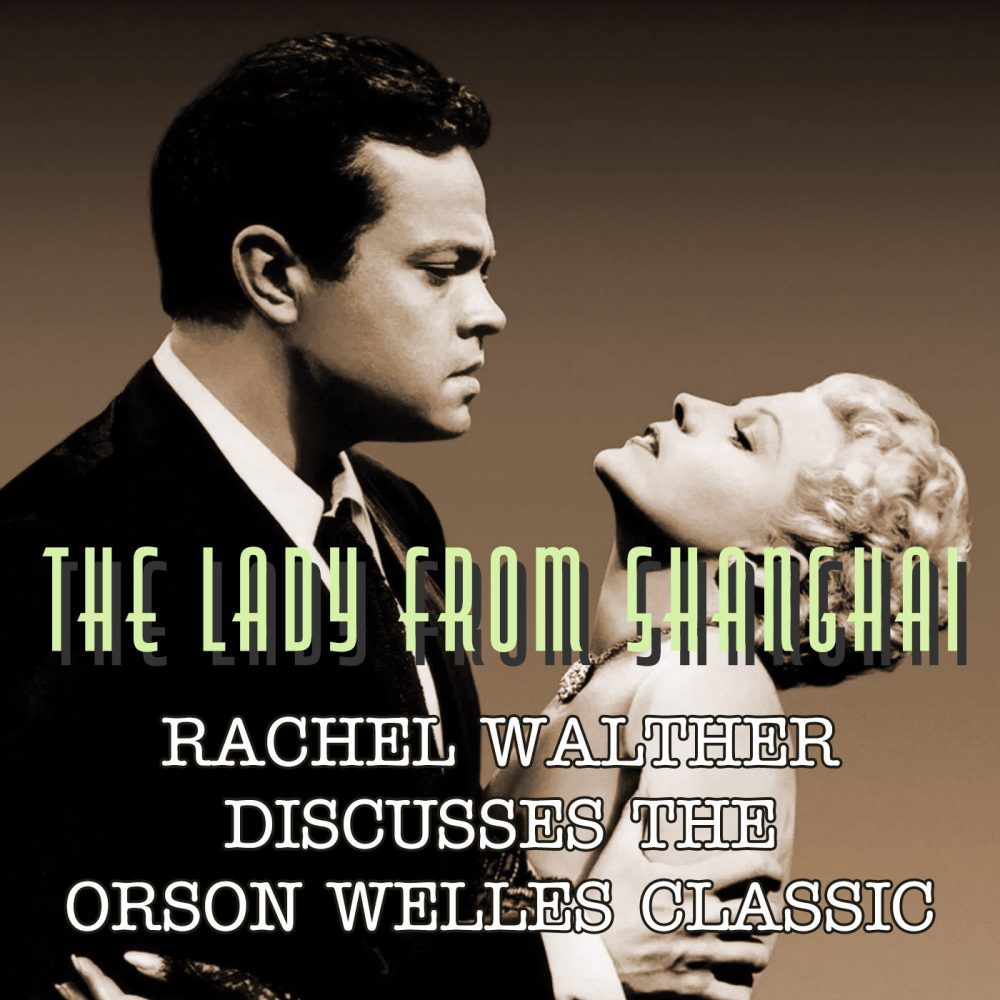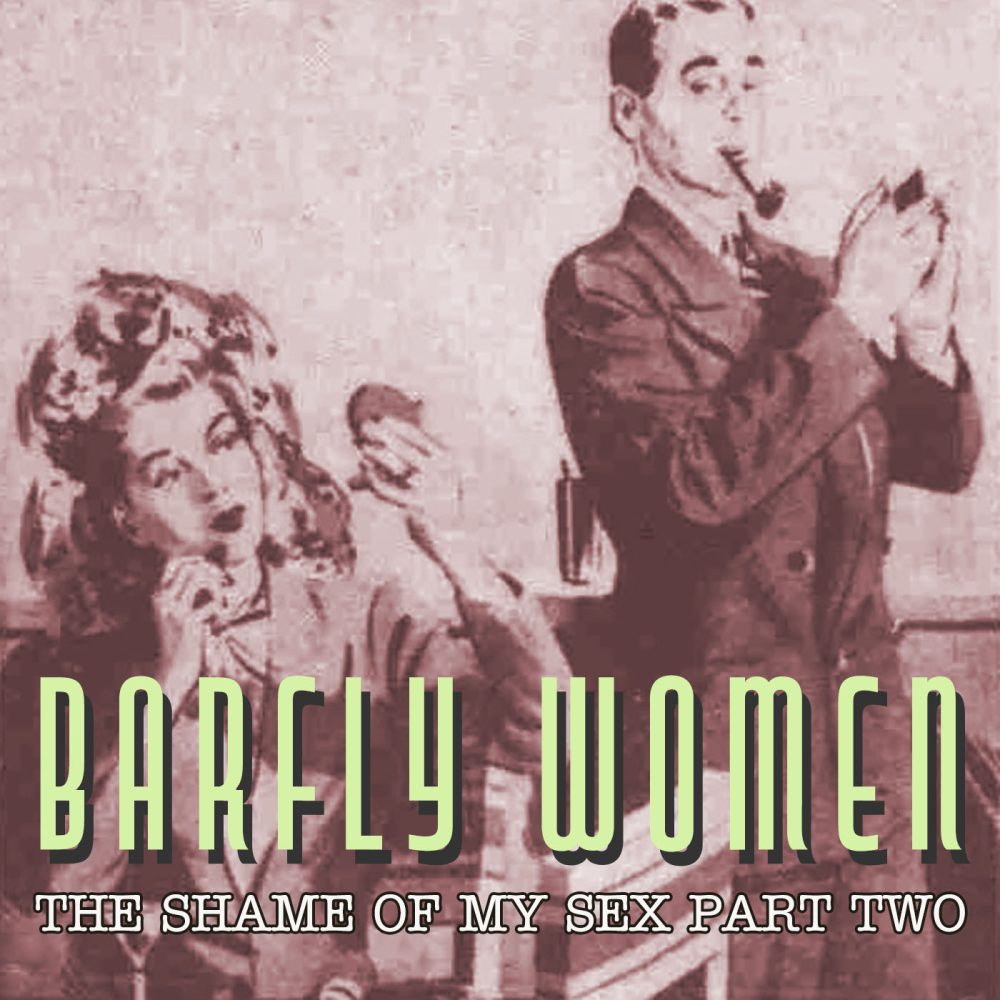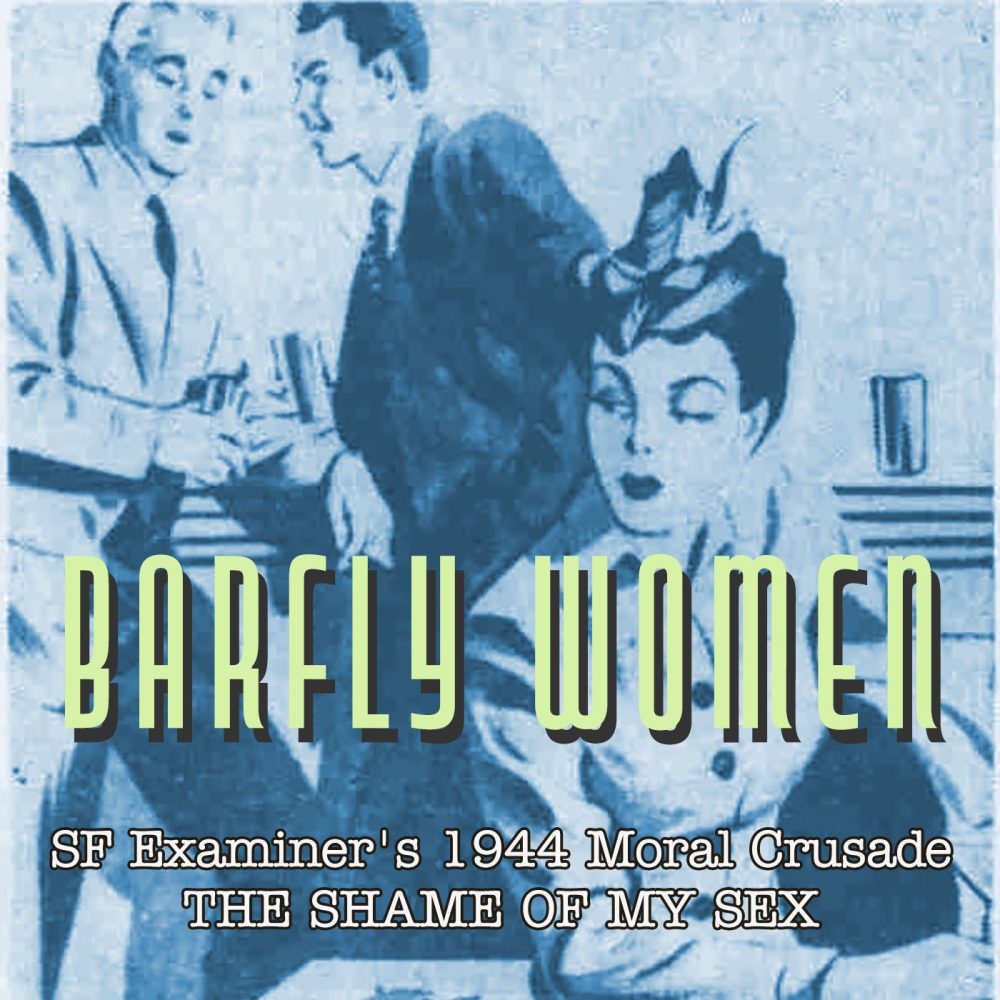{wild bubble} Report From The No Kings March In Bezerkeley



This installment is all about the wild 1947 film noir The Lady From Shanghai, and guest Rachel Walther, a film historian with a book coming out soon called Born To Lose, The Misfits Who Made Dog Day Afternoon, breaks down the chaotic story behind it.
The Lady From Shanghai film was a last-ditch effort by Orson Welles to get back in Hollywood’s good graces after his studio battles over The Magnificent Ambersons. He literally phoned up Columbia head Harry Cohn and pitched a thriller based on a random book title he saw, just to get the cash for a play he was staging. The drama ratcheted up when Cohn insisted Welles cast his then-estranged wife, superstar Rita Hayworth, which Hayworth was actually into! She saw it as a chance to ditch her “sex goddess” image, even cutting and dyeing her famous red hair platinum blonde as a big middle finger to Cohn. However, Welles—being Welles—turned a simple plot into a “noir dreamscape fantasia” with a confusing story, kicking off the shoot with a crazy production on Errol Flynn’s yacht in Mexico where a cameraman tragically dropped dead on the first day.
Rachel explains that while the plot is “nuts” and full of holes, the film’s stunning visuals, especially once the action moves to San Francisco, are what make it a classic. Welles shot in distinct city spots like Chinatown, the Steinhardt Aquarium, and the iconic Hall of Mirrors at Playland at the Beach, which was a huge, custom-built set back in L.A. This visual feast, full of off-kilter energy, is why the film sits so high in the pantheon of SF noir. Interestingly, the film was a flop at the time because audiences and critics just weren’t ready for how strange and abstract it was. The discussion wraps up by exploring the tragic arc of Welles’ career after Citizen Kane, where his inability to compromise and his obsessive creative nature led him to be constantly shut out of his own projects, proving that the film’s theme of duplicity was really Welles’ commentary on his hostile relationship with Hollywood, not just his messy divorce from Hayworth.


Welcome back, Frisco fans! You’re tuning into Part Two and the conclusion of our deep dive into the San Francisco Examiner‘s 1944 sensation: “WOMEN IN SALOONS—The Shame of My Sex,” by the legendary, if controversial, author Gertrude Atherton. If you missed the start, you definitely want to go back and listen to Part One! This episode picks up where we left off, following Atherton’s increasingly frantic, first-hand reports as she descends from the glittering “Top of the Mark”—where she finds “all…attending strictly to business” in the gloom—down to the “second rate” clubs. She’s on a mission to document the moral “menacing breakdown of Feminine Morals in Our Brawling Barrooms.” Things get louder, darker, and in her estimation, much uglier, with reports of “lewd” remarks and women “leaning heavily on the men” in crowded, raucous nightclubs.
(more…)